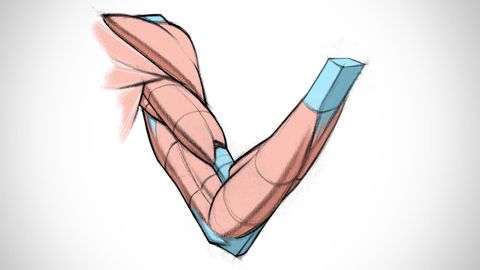
Subtitles & vocabulary
How to Design Muscles and Tendons - Drawing Anatomy for Artists
00
vulvul posted on 2015/09/27Save
Video vocabulary
group
US /ɡrup/
・
UK /ɡru:p/
- Noun (Countable/Uncountable)
- Two or more musicians who play music together
- Number of people or things gathered together
- Transitive Verb
- To combine or collect objects or people together
A1
More drawing
US /ˈdrɔɪŋ/
・
UK /ˈdrɔ:ɪŋ/
- Transitive Verb
- To attract attention to someone or something
- To influence a person's involvement in something
- Intransitive Verb
- To get closer to or approach something or someone
A1
More leg
US /lɛɡ/
・
UK /leɡ/
- Noun (Countable/Uncountable)
- Part of the body from the hips down
- The piece of furniture that touches the ground
A1
More person
US /'pɜ:rsn/
・
UK /'pɜ:sn/
- Noun (Countable/Uncountable)
- Man, woman or child
- An individual, typically used to emphasize their distinct identity or role.
A1
More Use Energy
Unlock All Vocabulary
Unlock pronunciation, explanations, and filters
